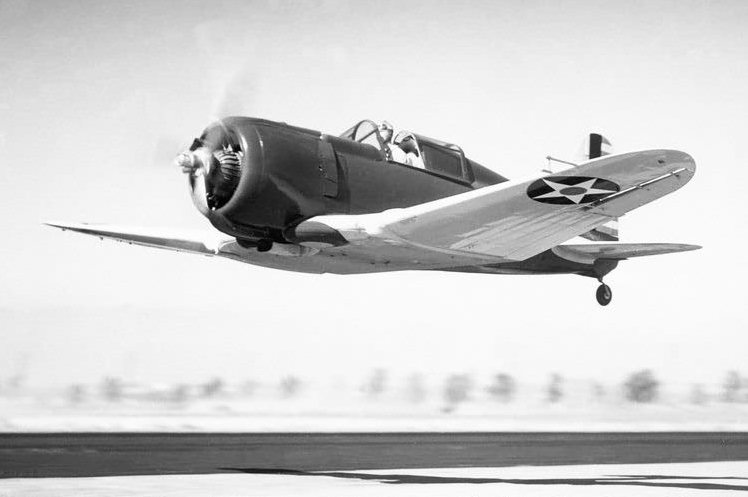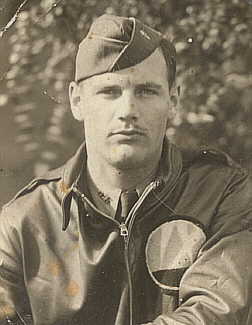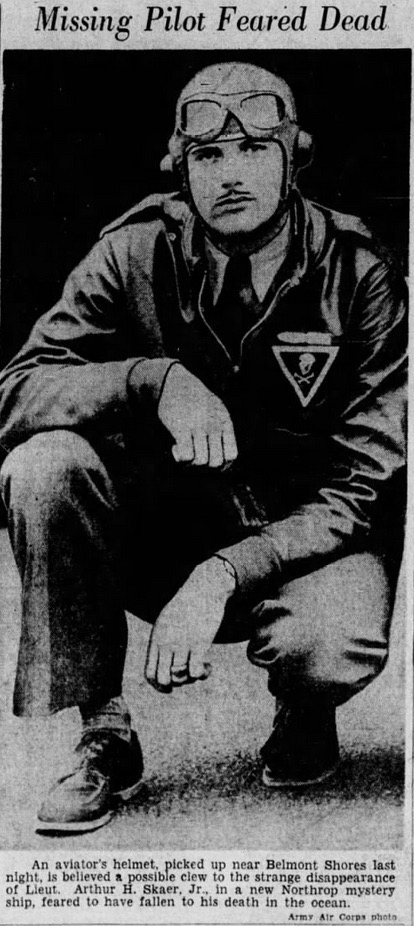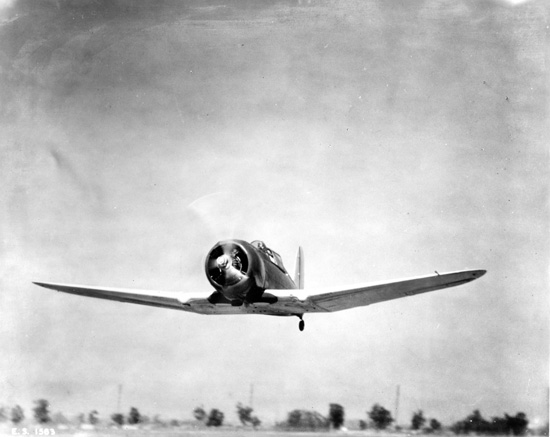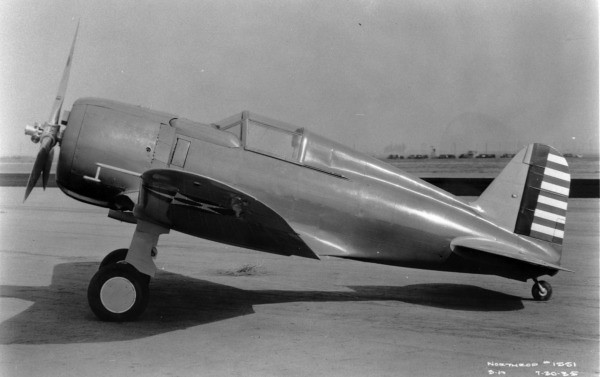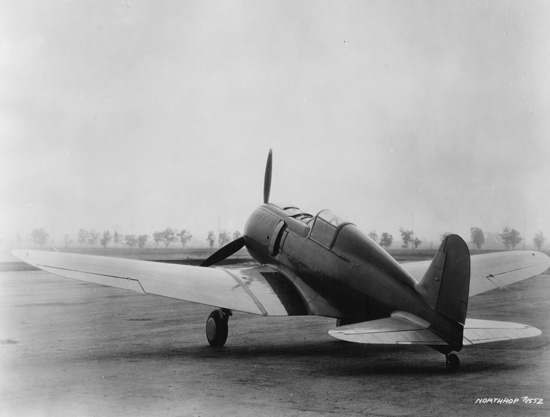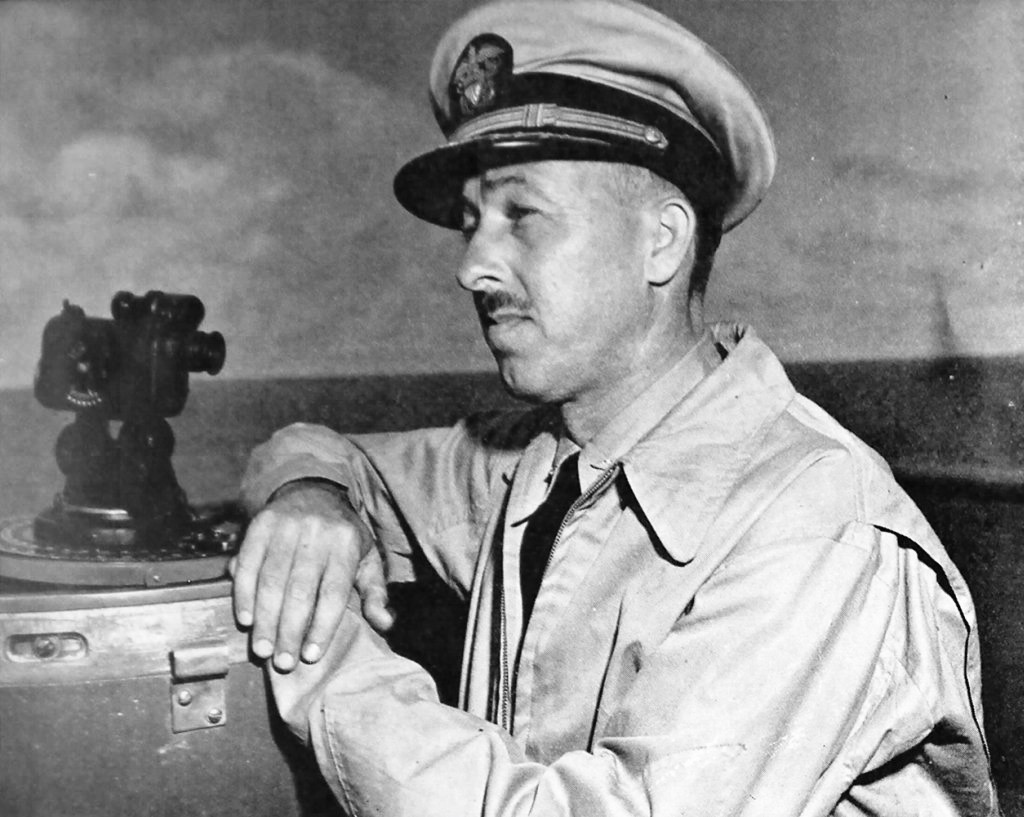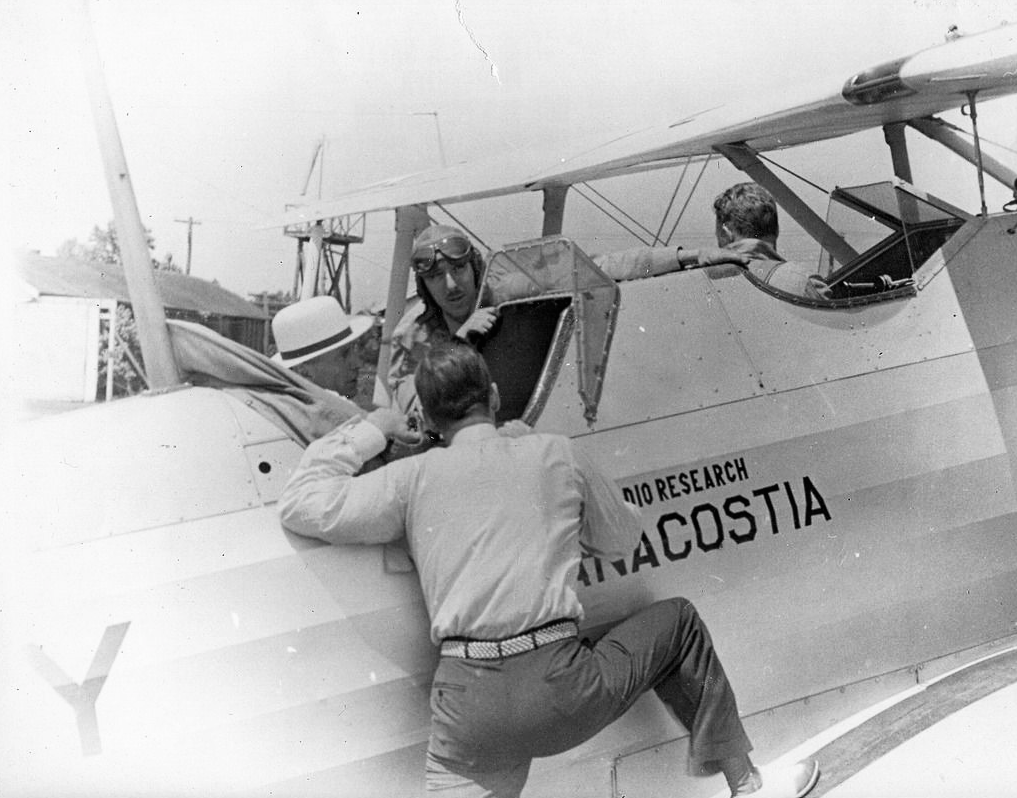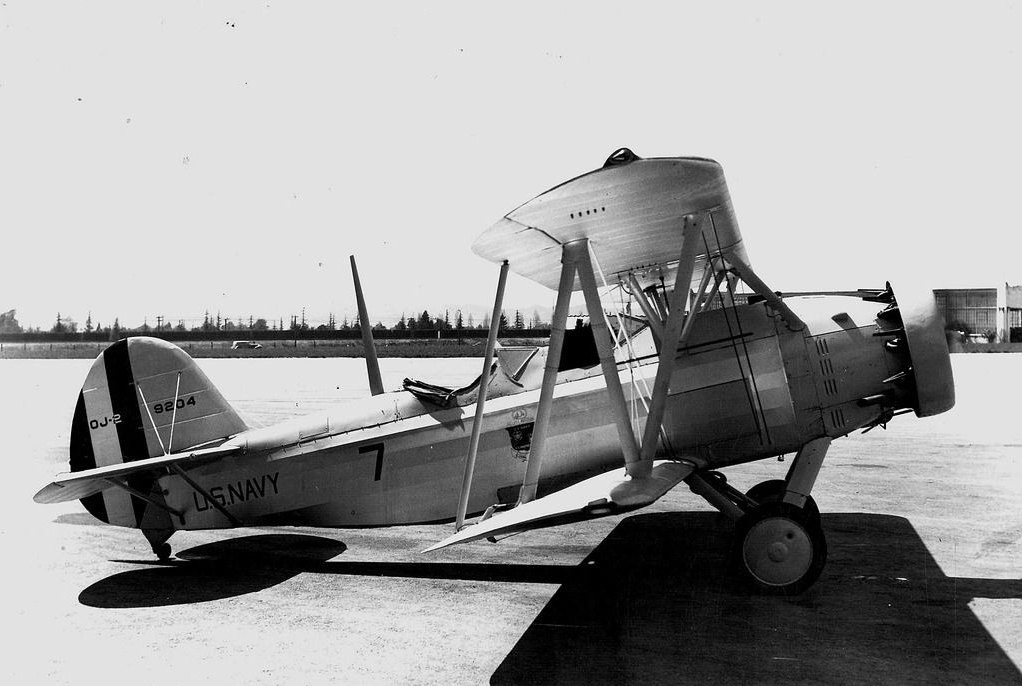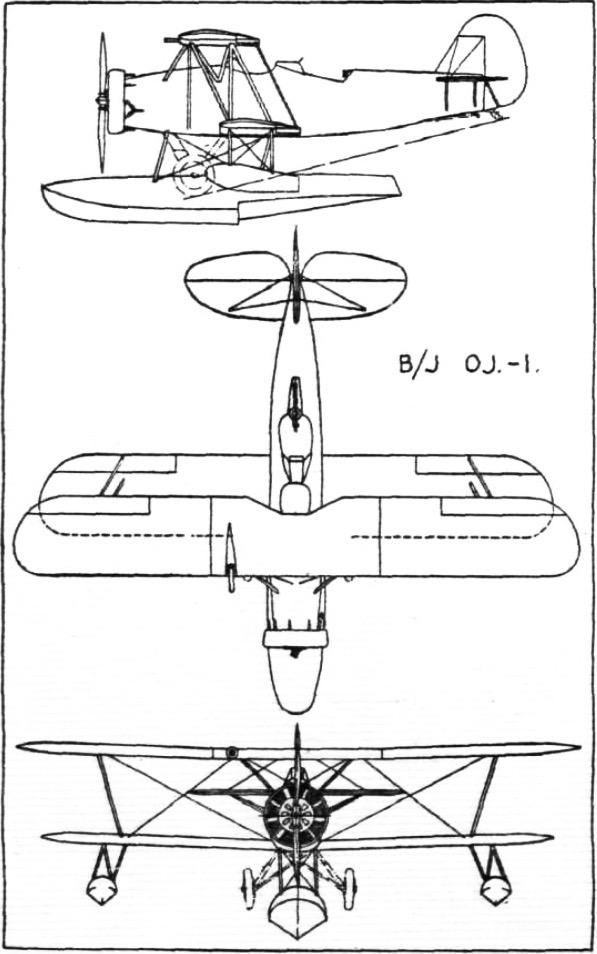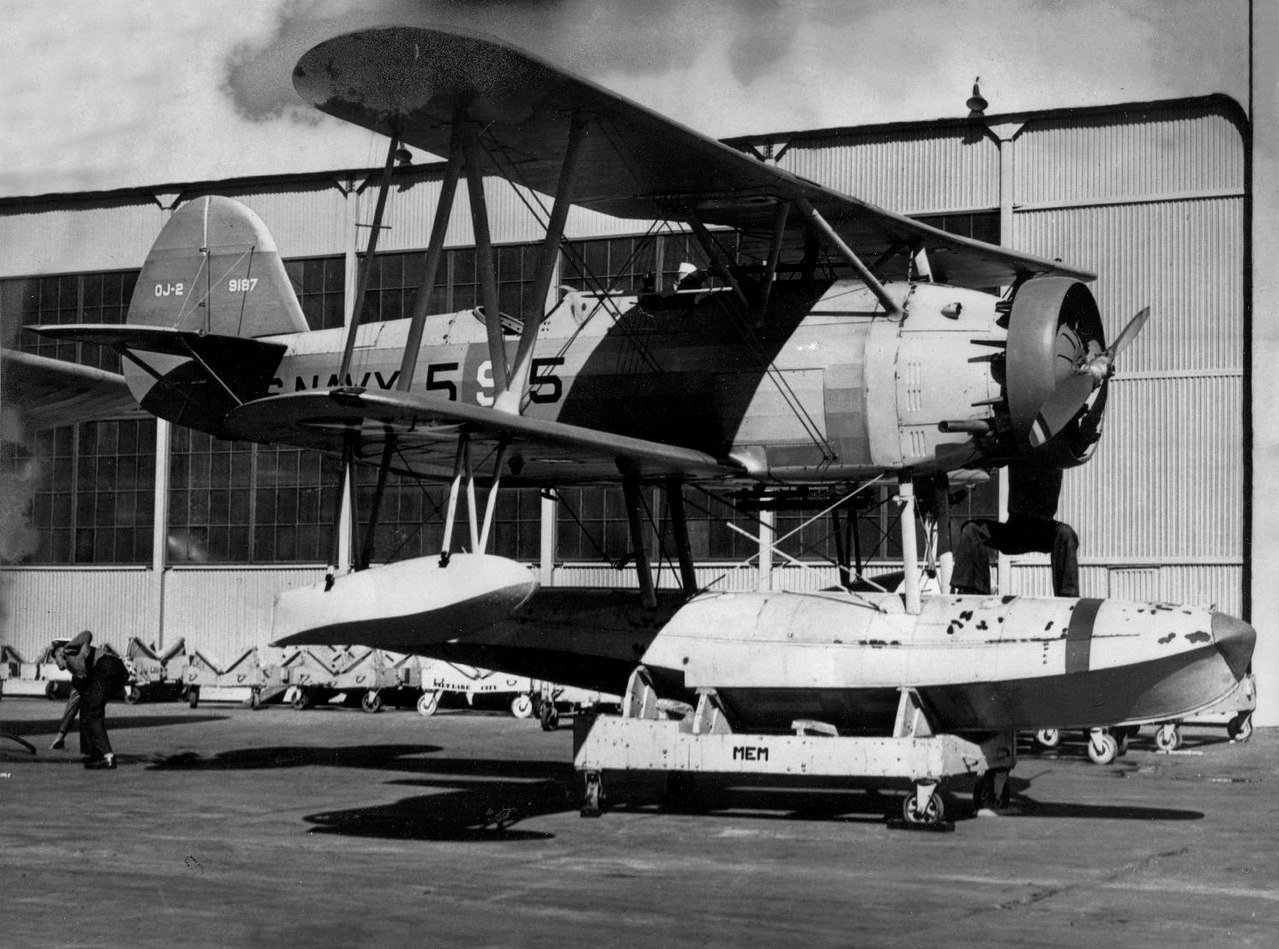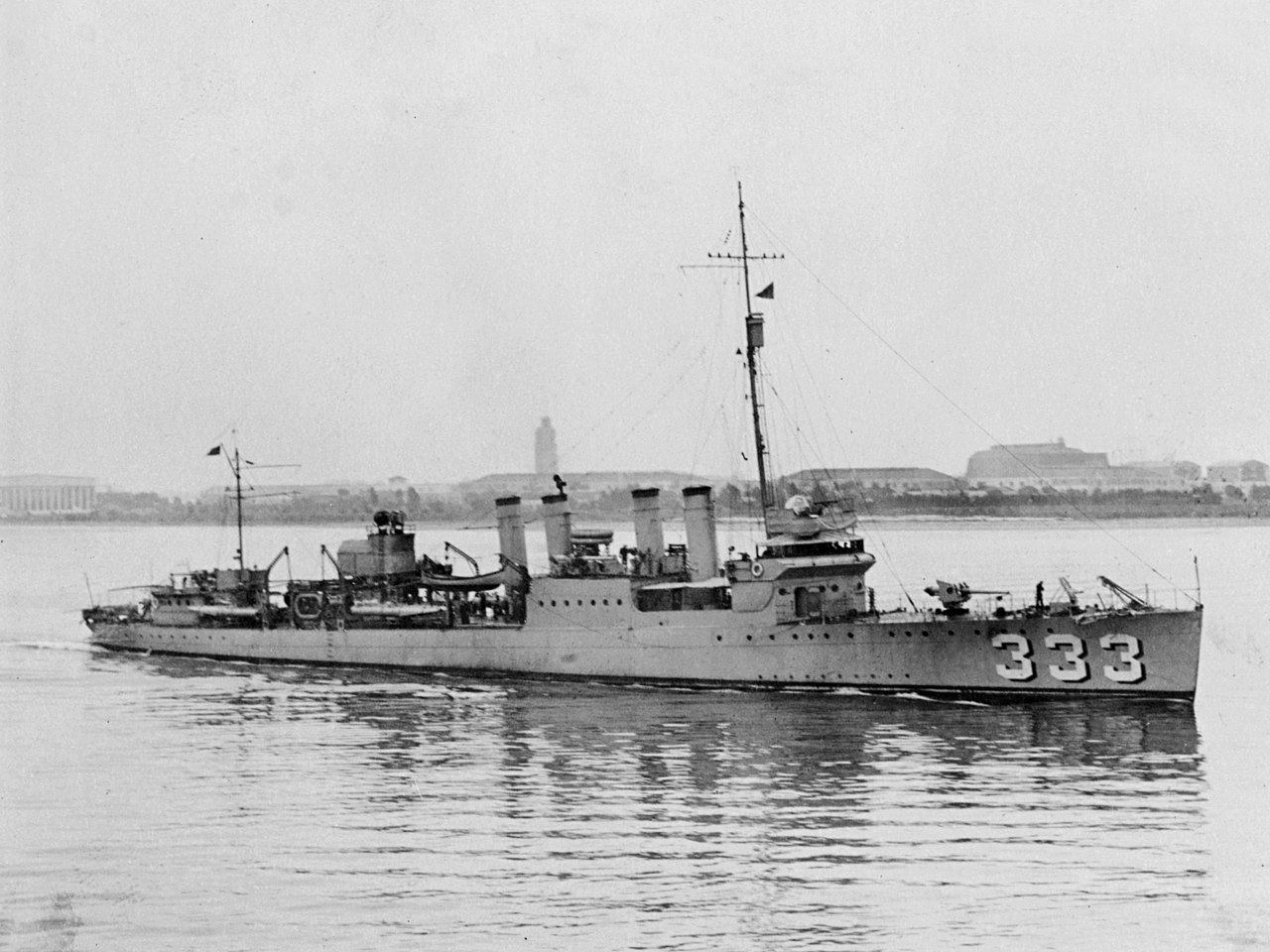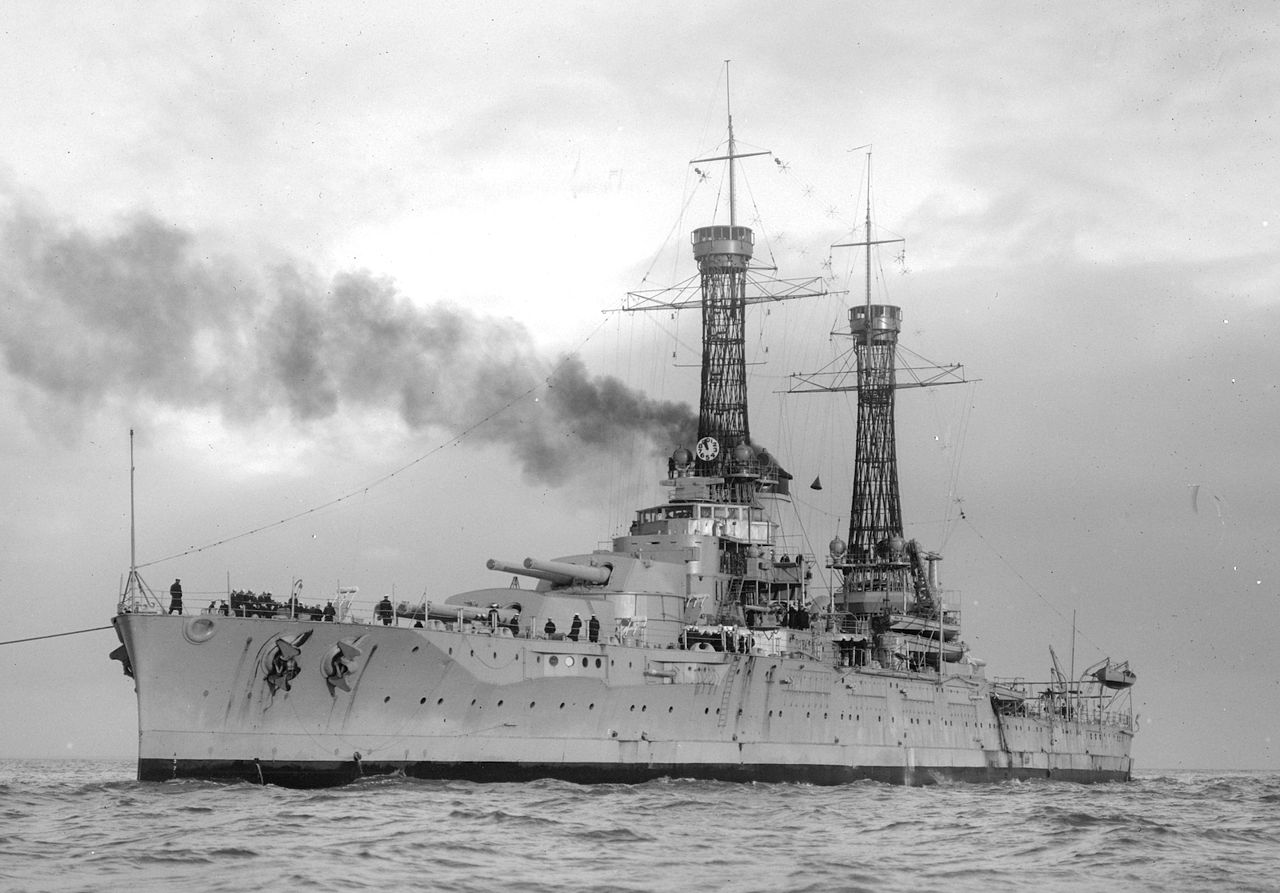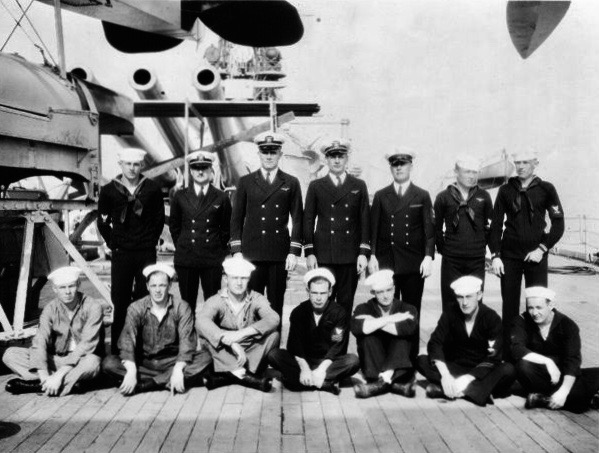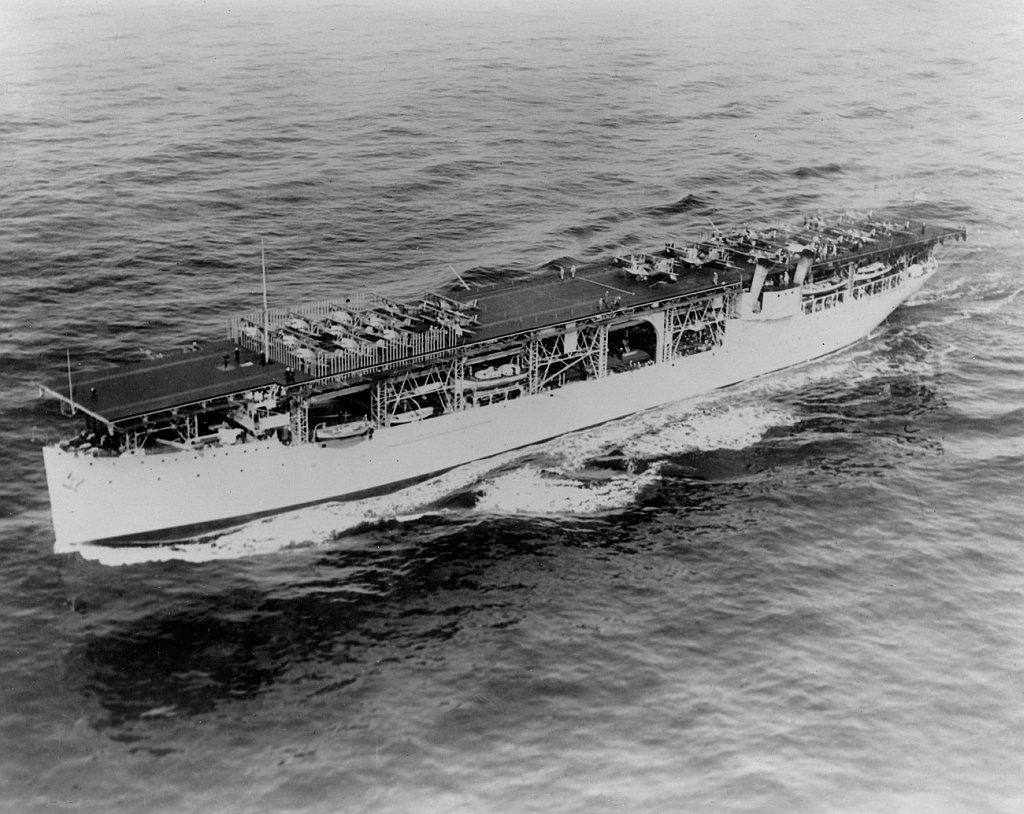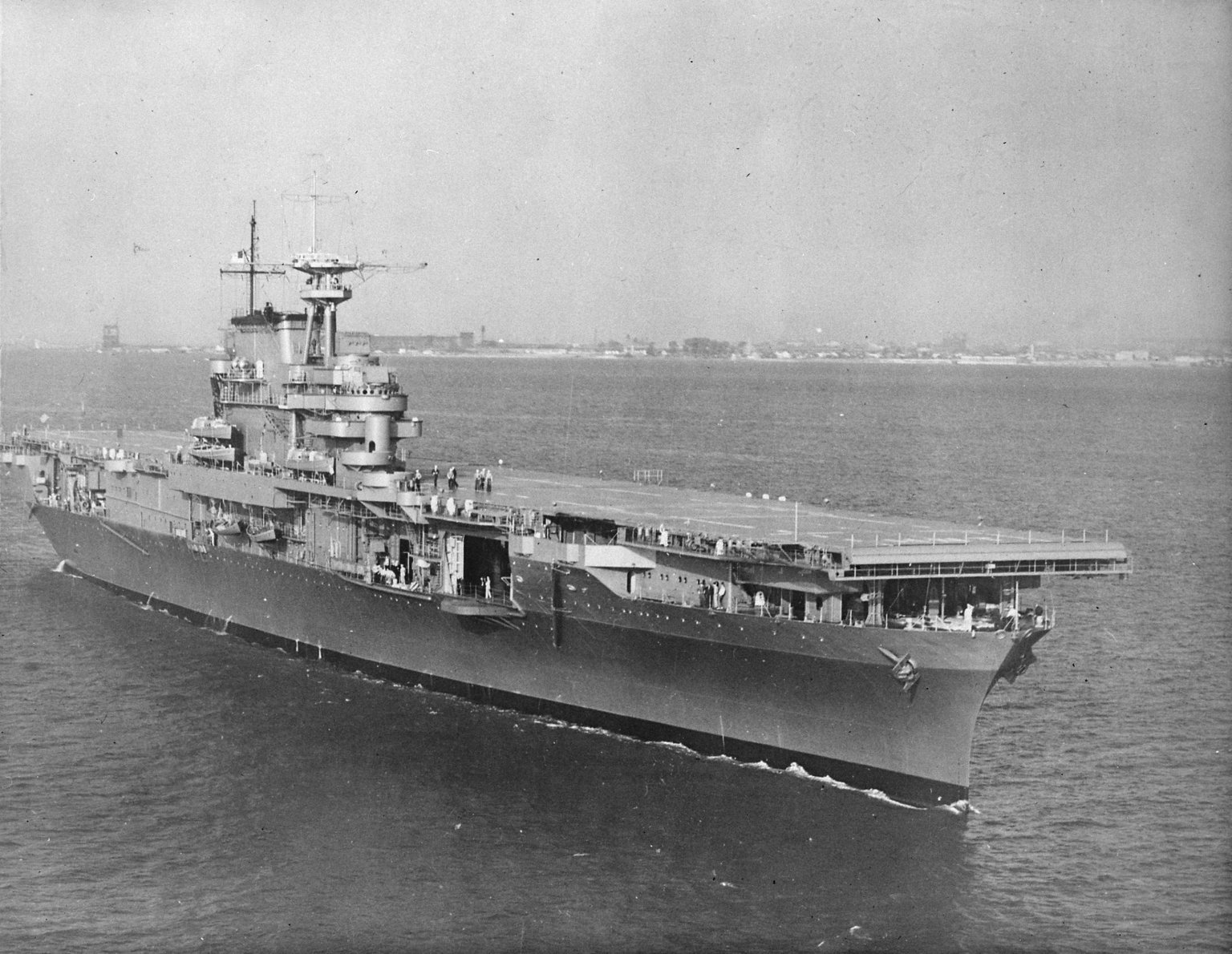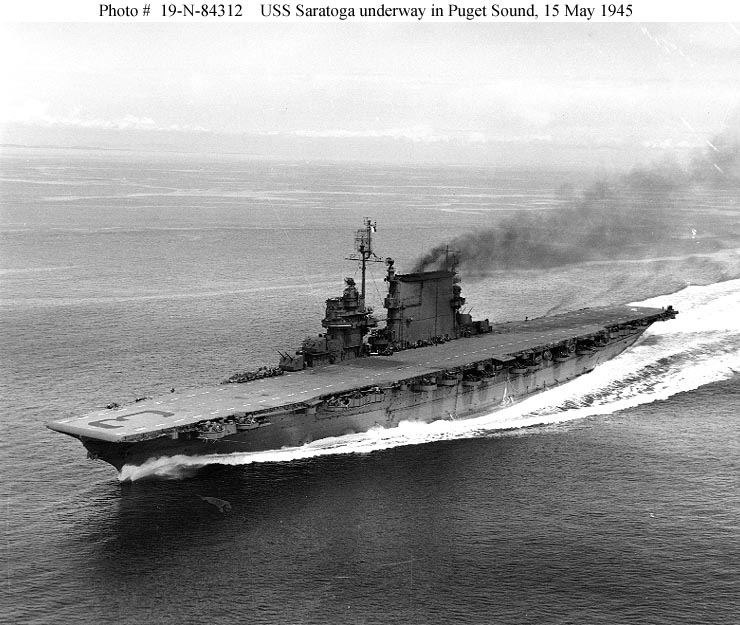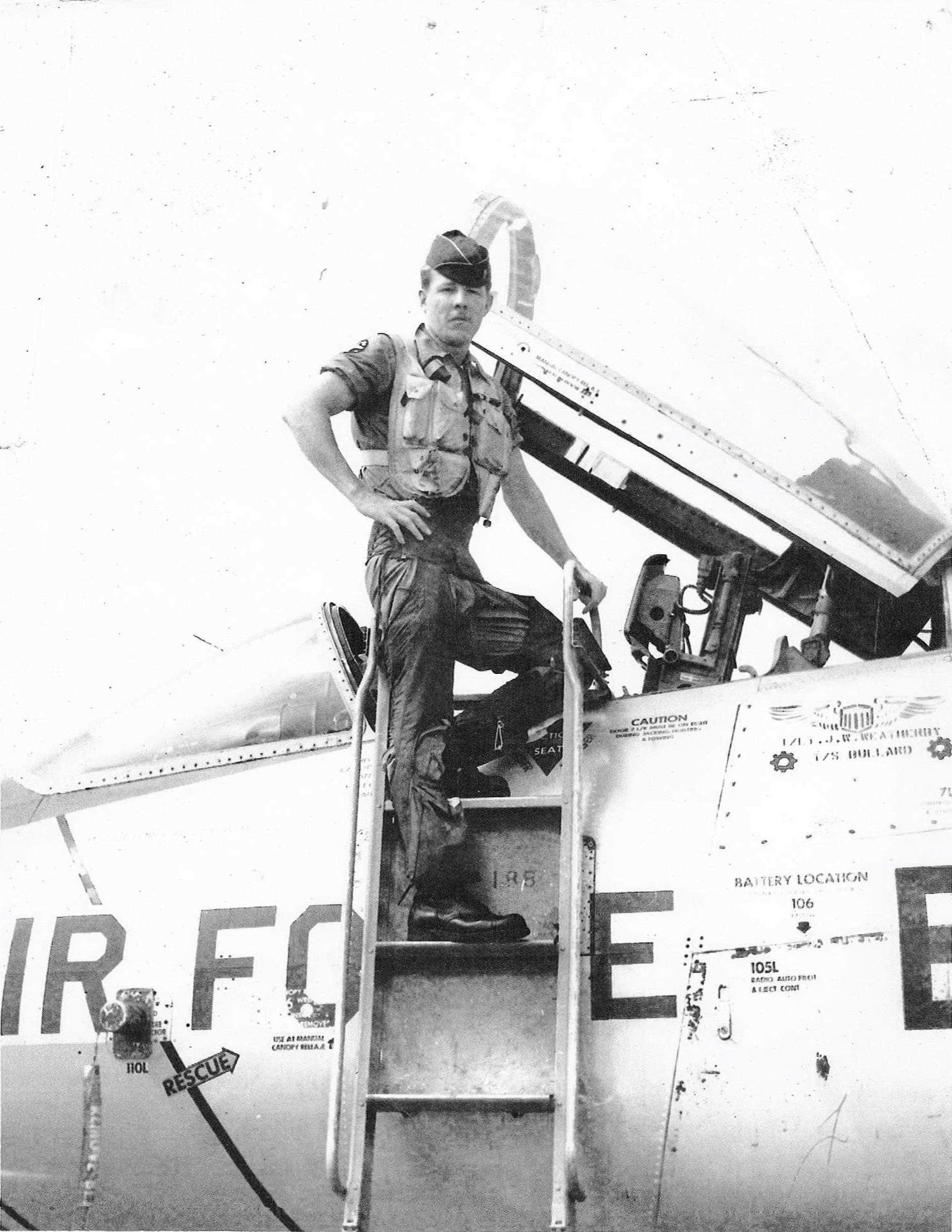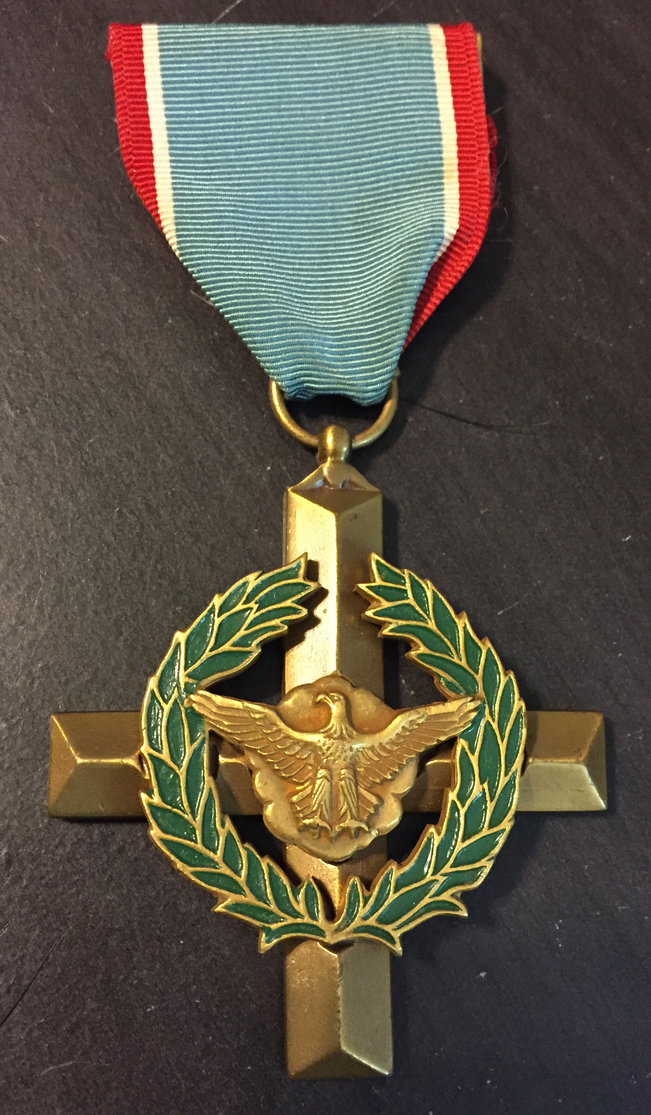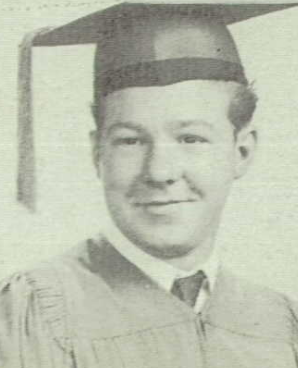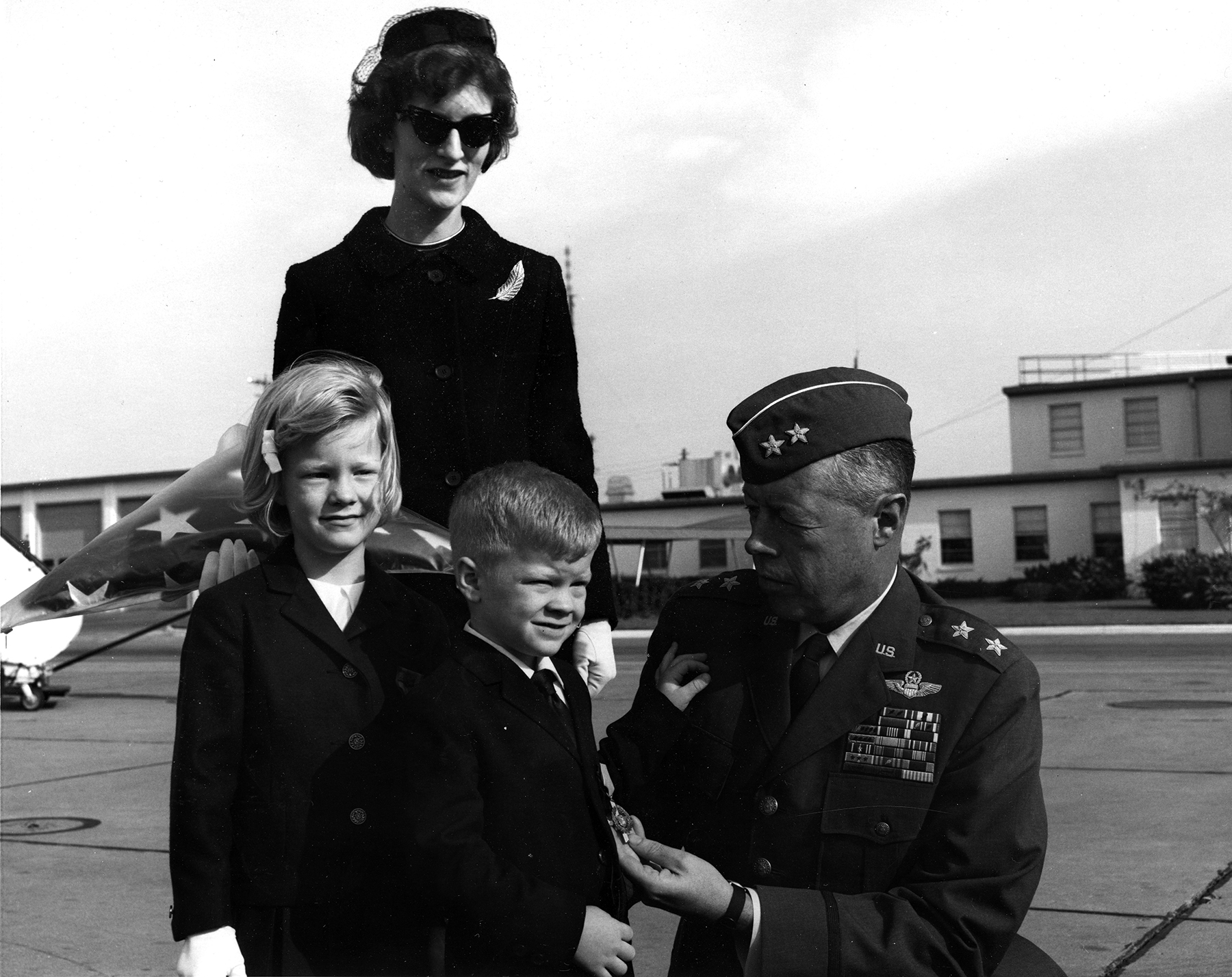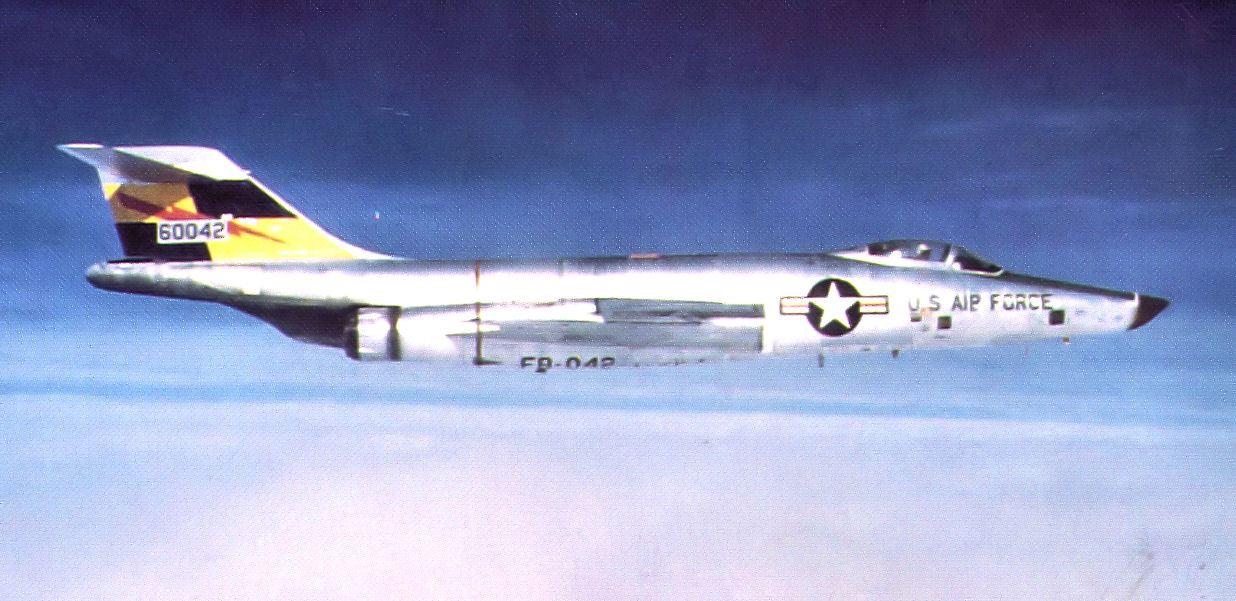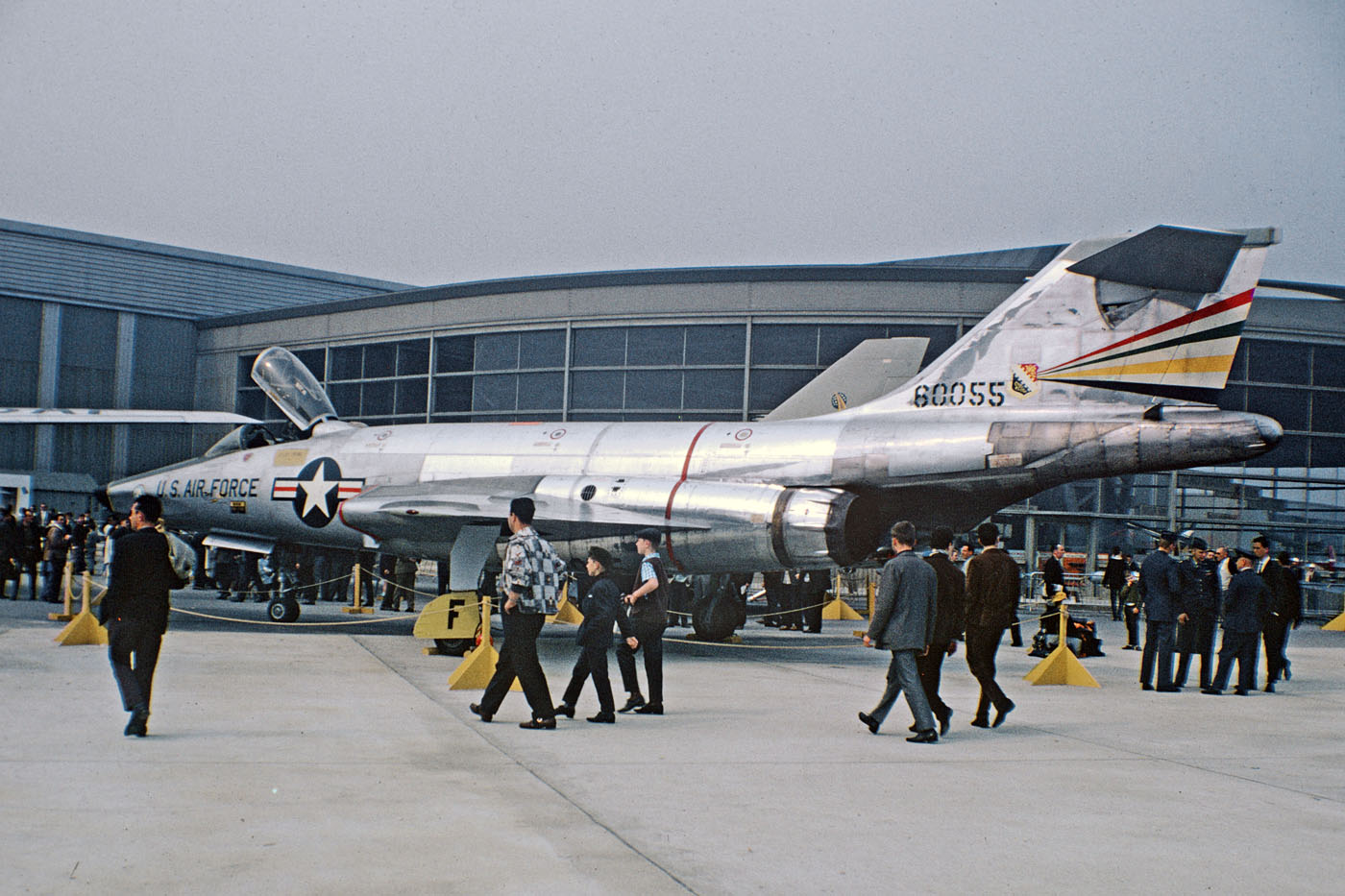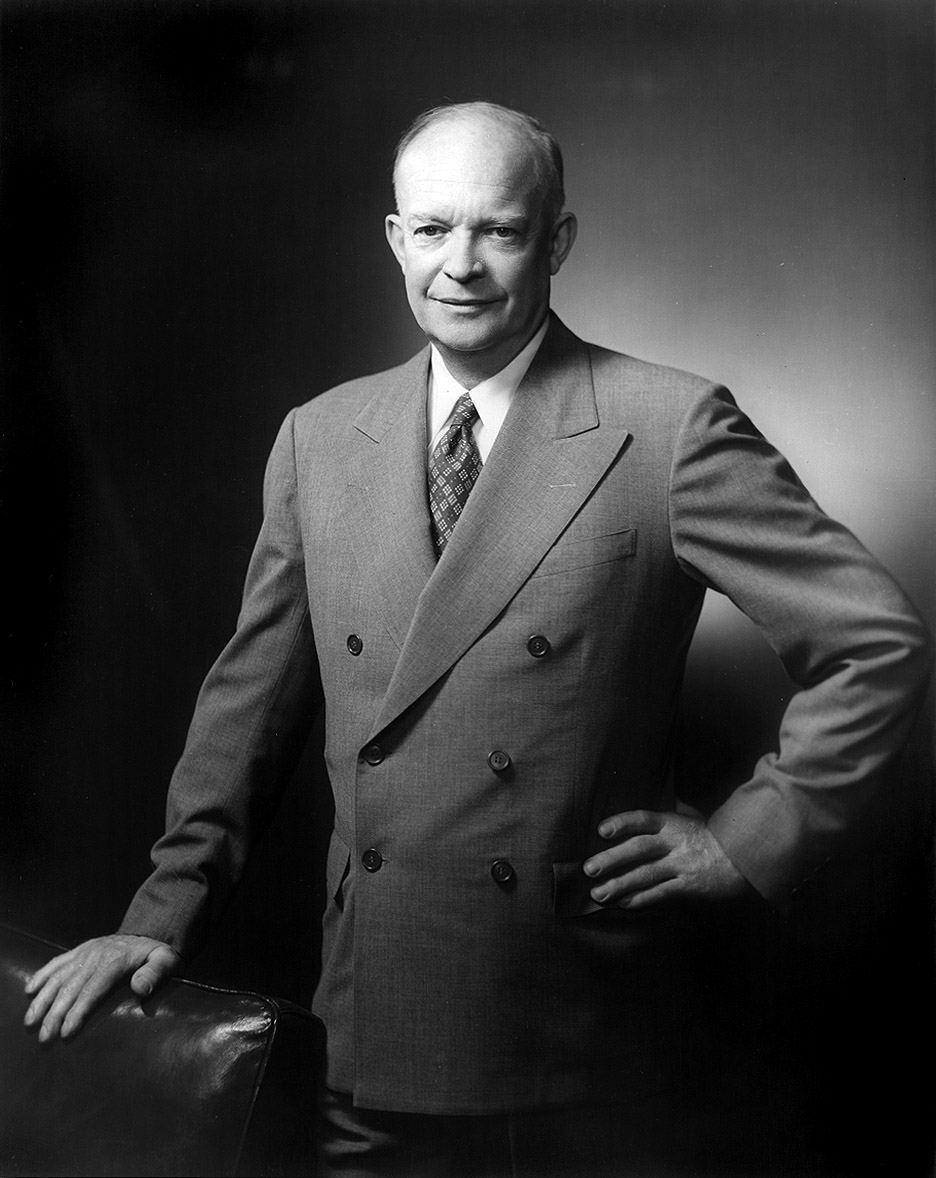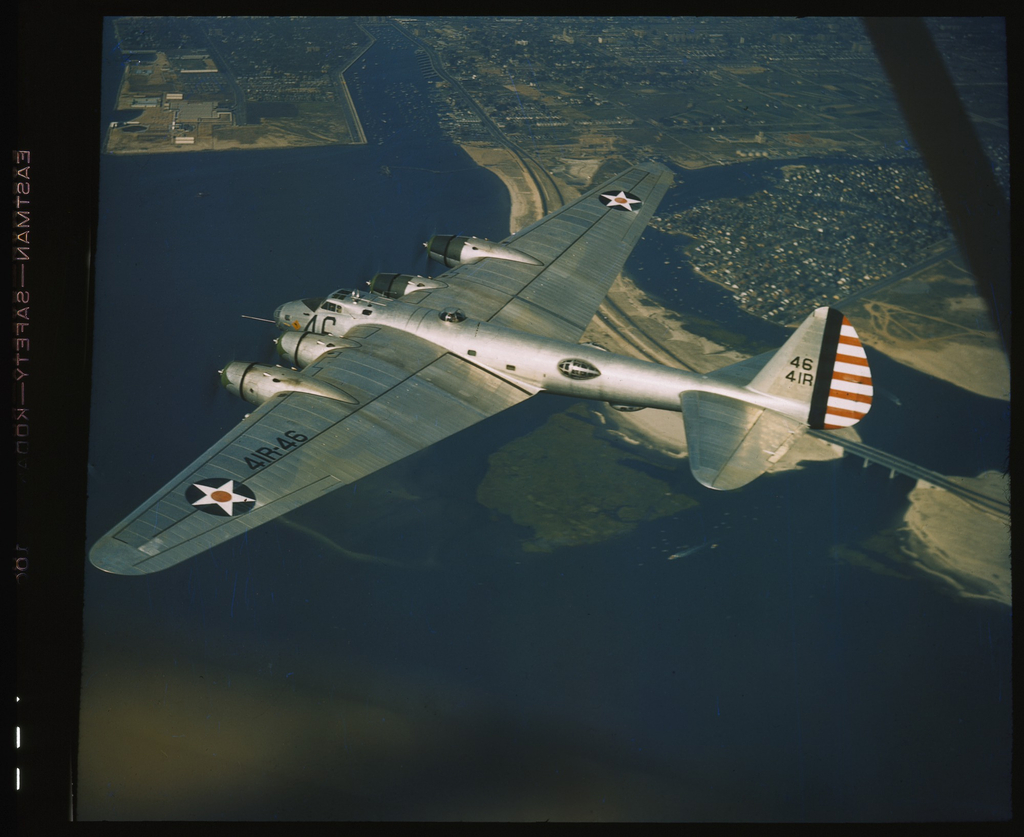
 30 July 1939: Major Caleb Vance Haynes, Air Corps, United States Army, with Captain William D. Old, Master Sergeant Adolph Cattarius and Staff Sergeant William J. Heldt, flew the Boeing XB-15 experimental long range heavy bomber to a Fédération Aéronautique Internationale (FAI) World Record for Greatest Payload Carried to a Height of 2,000 meters. The XB-15 carried 14,135 kilograms (31,162 pounds) to an altitude of 2,000 meters (6,562 feet) over Fairfield, Ohio.¹ The flight set a second record by carrying 10,000 kilograms (22,046 pounds) to an altitude of 8,228 feet (2,508 meters).² Both records were certified by the National Aeronautic Association, the American organization representing the FAI.
30 July 1939: Major Caleb Vance Haynes, Air Corps, United States Army, with Captain William D. Old, Master Sergeant Adolph Cattarius and Staff Sergeant William J. Heldt, flew the Boeing XB-15 experimental long range heavy bomber to a Fédération Aéronautique Internationale (FAI) World Record for Greatest Payload Carried to a Height of 2,000 meters. The XB-15 carried 14,135 kilograms (31,162 pounds) to an altitude of 2,000 meters (6,562 feet) over Fairfield, Ohio.¹ The flight set a second record by carrying 10,000 kilograms (22,046 pounds) to an altitude of 8,228 feet (2,508 meters).² Both records were certified by the National Aeronautic Association, the American organization representing the FAI.
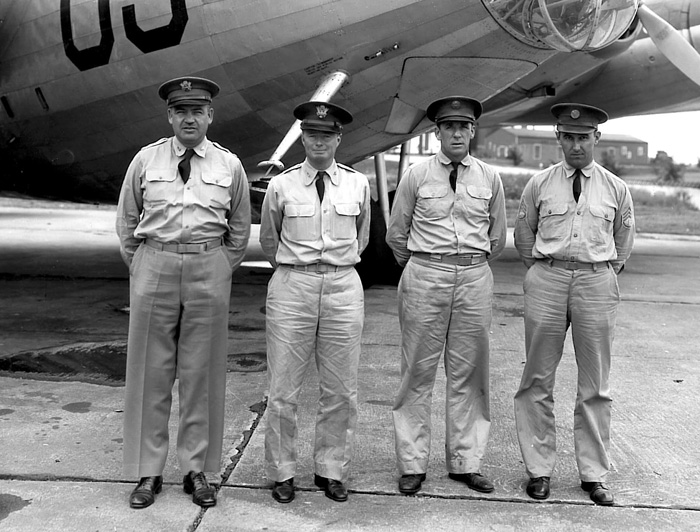
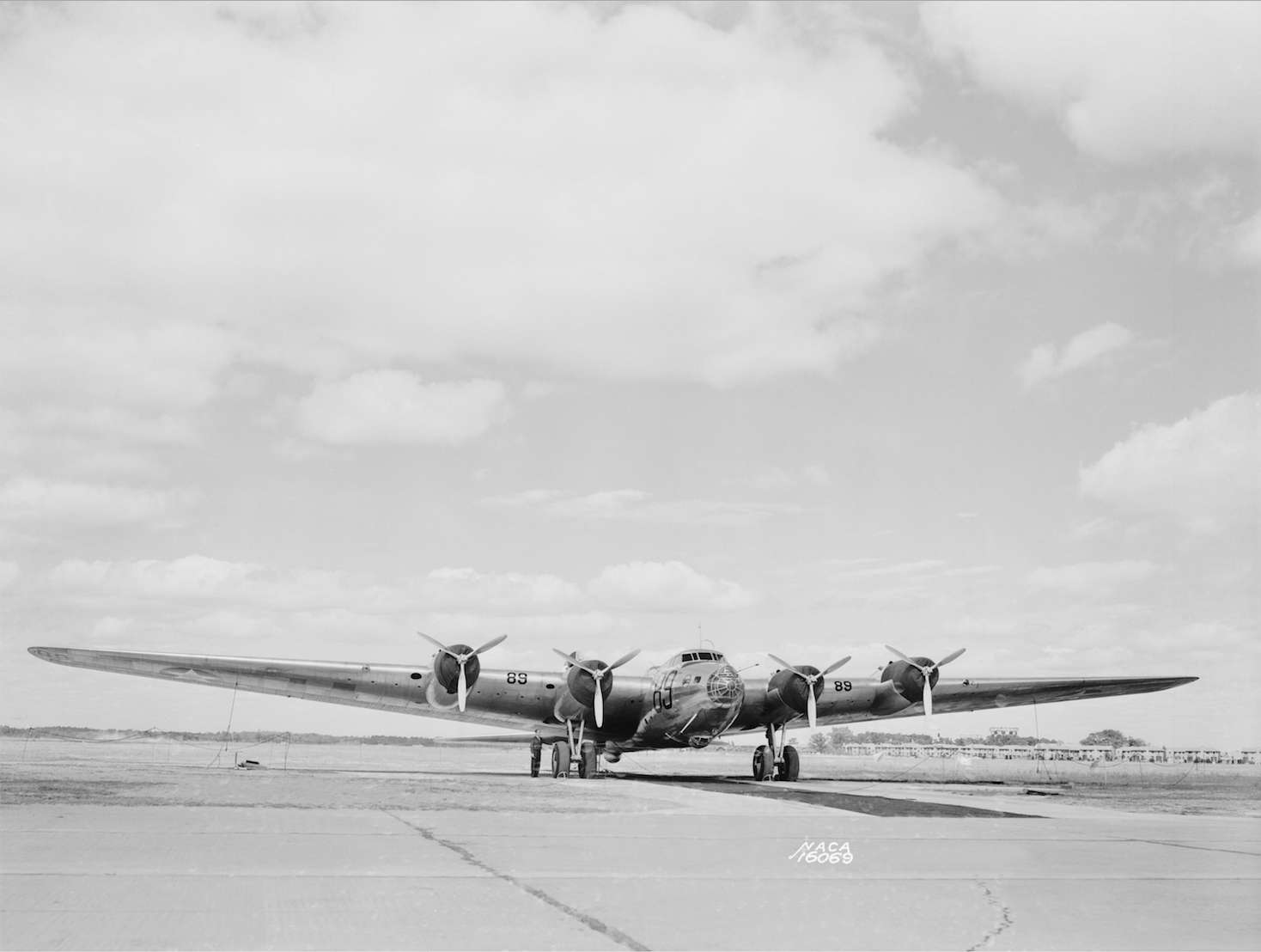
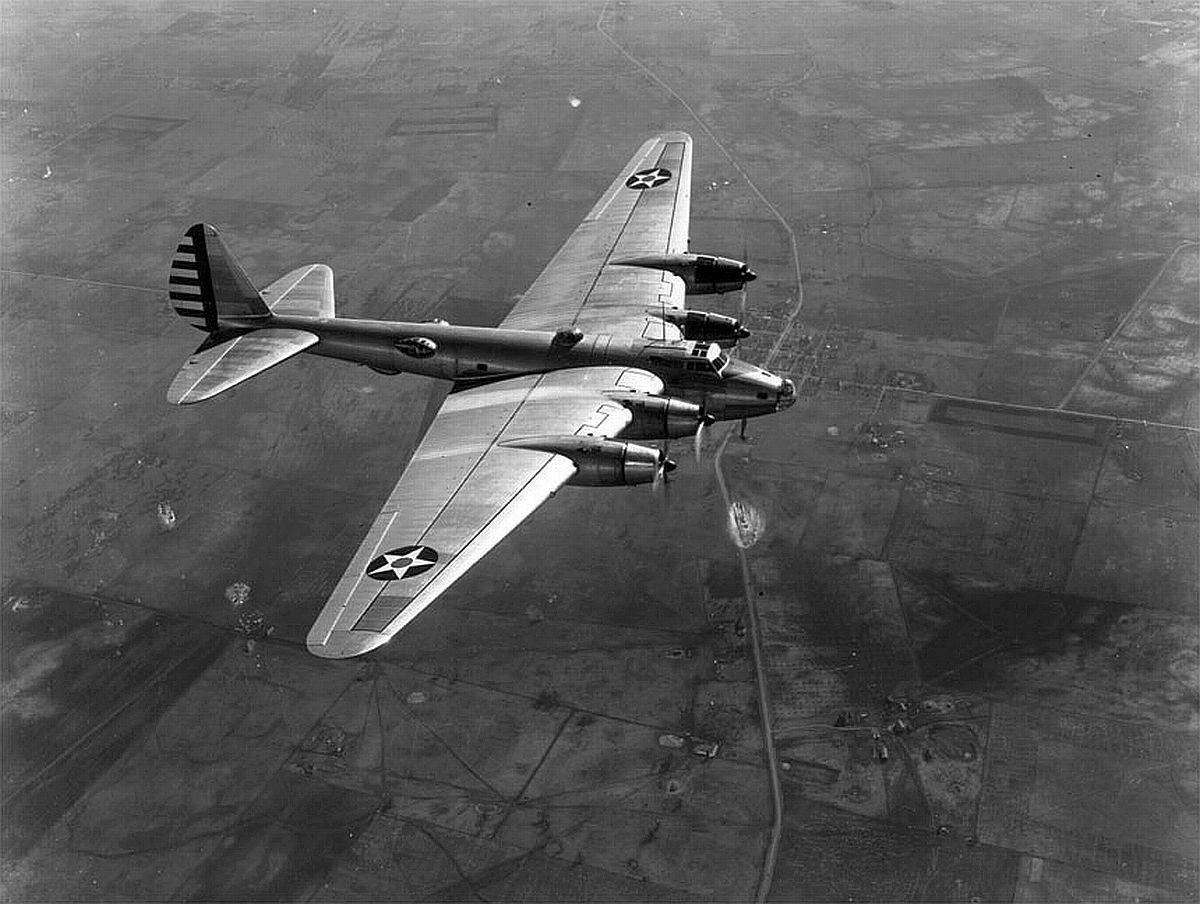
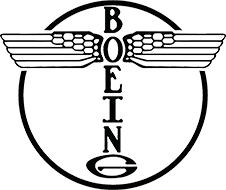 The Boeing Model 294, designated XB-15 by the Air Corps, was an experimental airplane designed to determine if a bomber with a 5,000 mile range was possible. It was designed at the same time as the Model 299 (XB-17), which had the advantage of lessons learned by the XB-15 design team. The XB-15 was larger and more complex than the XB-17 and took longer to complete. It first flew more than two years after the prototype B-17.
The Boeing Model 294, designated XB-15 by the Air Corps, was an experimental airplane designed to determine if a bomber with a 5,000 mile range was possible. It was designed at the same time as the Model 299 (XB-17), which had the advantage of lessons learned by the XB-15 design team. The XB-15 was larger and more complex than the XB-17 and took longer to complete. It first flew more than two years after the prototype B-17.
Designers had planned to use an experimental 3,421.194-cubic-inch-displacement (56.063 liter) liquid-cooled, supercharged and turbosupercharged Allison V-3420 twenty-four cylinder, four-bank “double V” engine. It produced a maximum of 2,885 horsepower at 3,000 r.p.m. The engine was not available in time, however, and four air-cooled Pratt & Whitney R-1830 (Twin Wasp) engines were used instead. With one-third the horsepower, this substitution left the experimental bomber hopelessly underpowered as a combat aircraft. (The Douglas XB-19 was retrofitted with V-3420s in 1942, and re-designated XB-19A.)
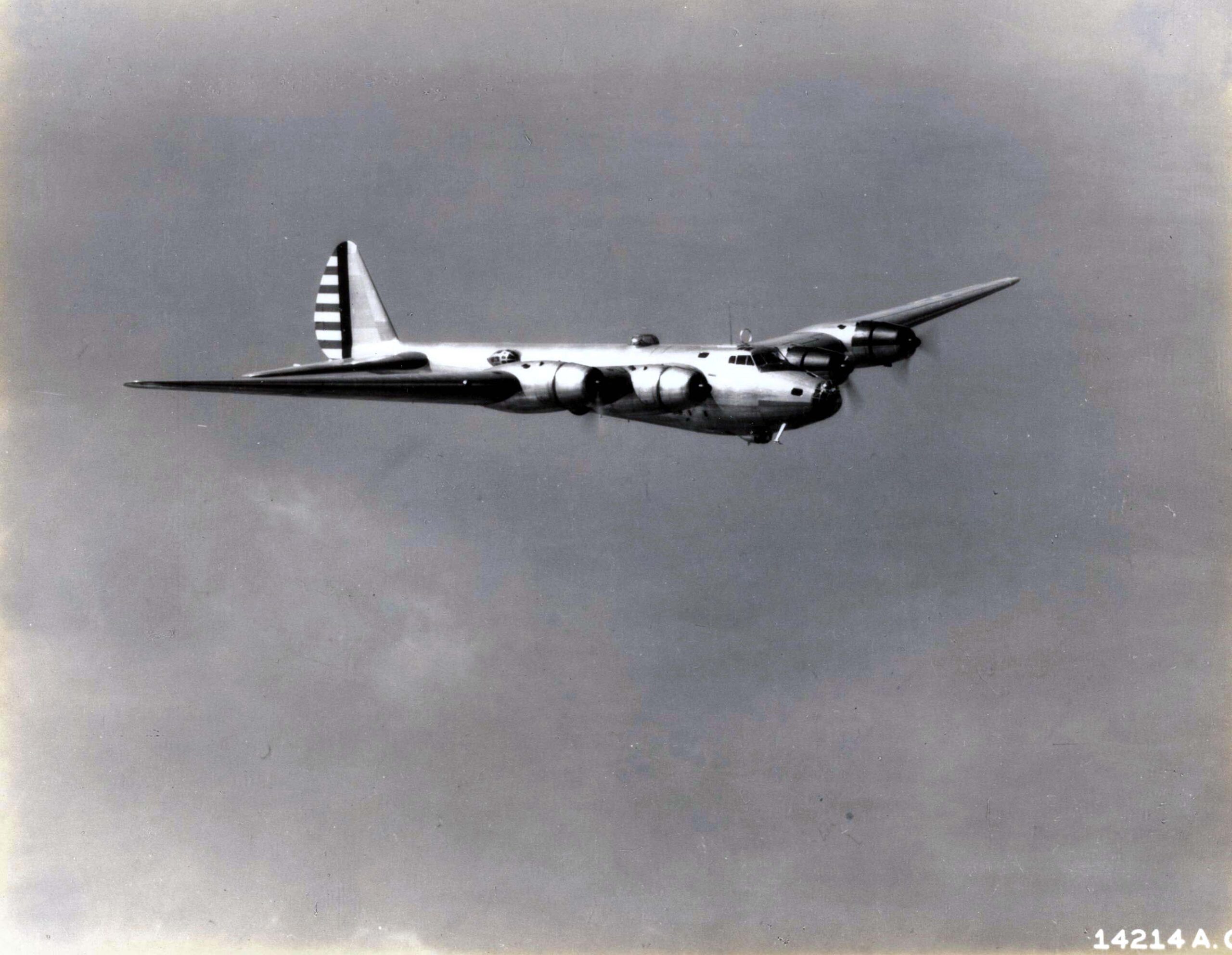
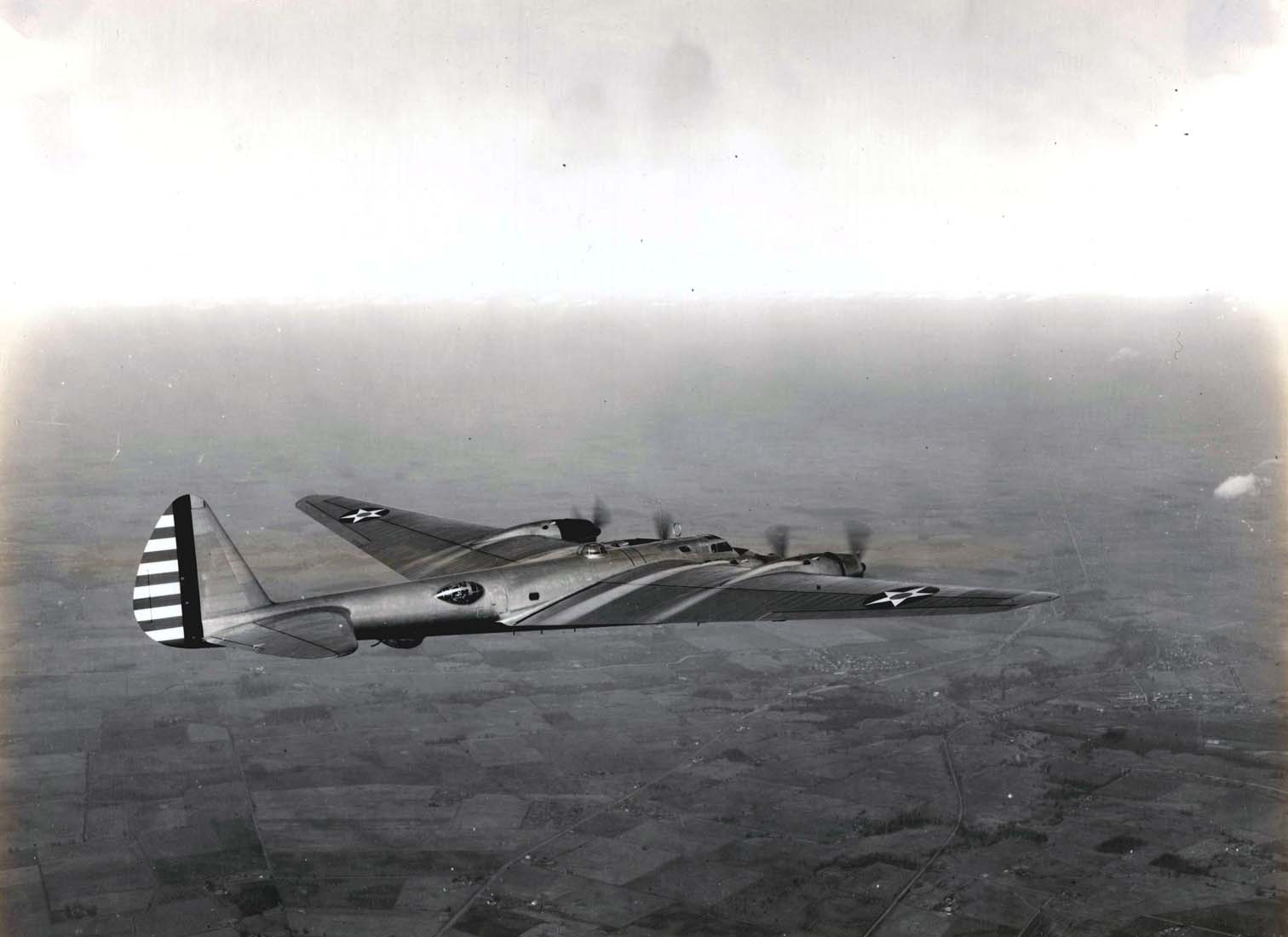
The XB-15 was a very large four-engine mid-wing monoplane with retractable landing gear. It was of aluminum monocoque construction with fabric-covered flight control surfaces. The XB-15 had a ten-man crew which worked in shifts on long duration flights.
The prototype bomber was 87 feet, 7 inches (26.695 meters) long with a wingspan of 149 feet (45.415 meters) and overall height of 18 feet, 1 inch (5.512 meters). The airplane had an empty weight of 37,709 pounds (17,105 kilograms) and maximum takeoff weight of 70,706 pounds (32,072 kilograms)—later increased to 92,000 pounds (41,730 kilograms).
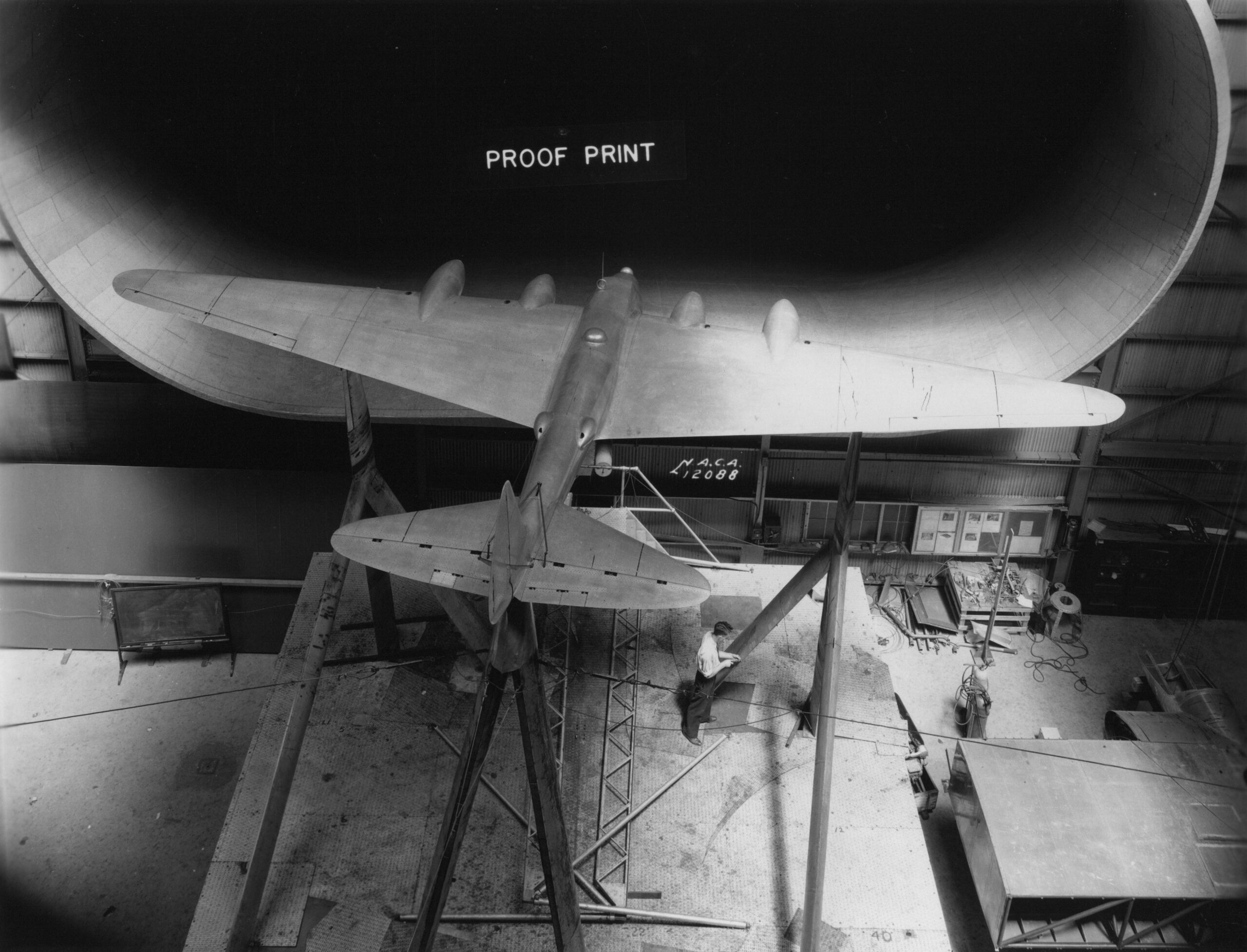
The XB-15’s wings used a symmetrical airfoil and were very highly tapered (4:1 from root to tip). They had an angle of incidence of 4½° and 4½° dihedral. The total area was 2,780 square feet (258.271 square meters). A contemporary aeronautical publication wrote, “The airfoil provides constant center of pressure, minimum profile drag with flaps up and high maximum lift with flaps down.” The XB-15’s wings were adapted by Boeing for the Model 314 Clipper flying boat.
 As built, the XB-15 was equipped with four air-cooled, supercharged, 1,829.39-cubic-inch-displacement (29.978 liter) Pratt & Whitney R-1830-11 (Twin Wasp S1B3-G) two-row 14-cylinder radial engines with a compression ratio of 6.7:1. The R-1830-11 was rated at 850 horsepower at 2,450 r.p.m. and 5,000 feet (1,524 meters), and 1,000 horsepower at 2,600 r.p.m. for take off. They turned three-bladed controllable-pitch propellers through a 3:2 gear reduction. The R-1830-11 was 4 feet, 8.66 inches (1.439 meters) long with a diameter of 4 feet, 0.00 inches (1.219 meters), and weighed 1,320 pounds (599 kilograms).
As built, the XB-15 was equipped with four air-cooled, supercharged, 1,829.39-cubic-inch-displacement (29.978 liter) Pratt & Whitney R-1830-11 (Twin Wasp S1B3-G) two-row 14-cylinder radial engines with a compression ratio of 6.7:1. The R-1830-11 was rated at 850 horsepower at 2,450 r.p.m. and 5,000 feet (1,524 meters), and 1,000 horsepower at 2,600 r.p.m. for take off. They turned three-bladed controllable-pitch propellers through a 3:2 gear reduction. The R-1830-11 was 4 feet, 8.66 inches (1.439 meters) long with a diameter of 4 feet, 0.00 inches (1.219 meters), and weighed 1,320 pounds (599 kilograms).
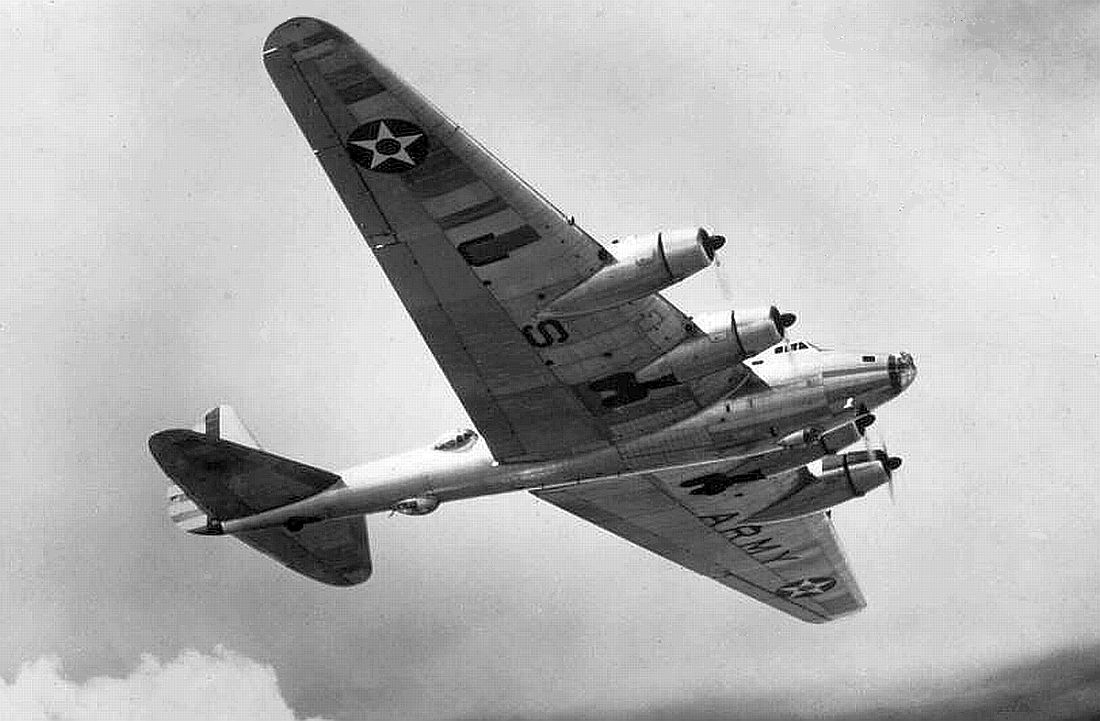
The experimental airplane had a cruise speed of 152 miles per hour (245 kilometers per hour) at 6,000 feet (1,829 meters), and a maximum speed of 200 miles per hour ( kilometers per hour) at 5,000 feet (1,524 meters). The service ceiling was 18,900 feet (5,761 meters) and maximum range was 5,130 miles (8,256 kilometers).
The bomber could carry a maximum of 12,000 pounds (5,443 kilograms) of bombs in its internal bomb bay, and was armed with three .30-caliber and three .50-caliber machine guns for defense .
Only one XB-15 was built. During World War II it was converted to a transport and re-designated XC-105. In 1945 35-277 was stripped and abandoned at Albrook Field, Territory of the Canal Zone, Panama.
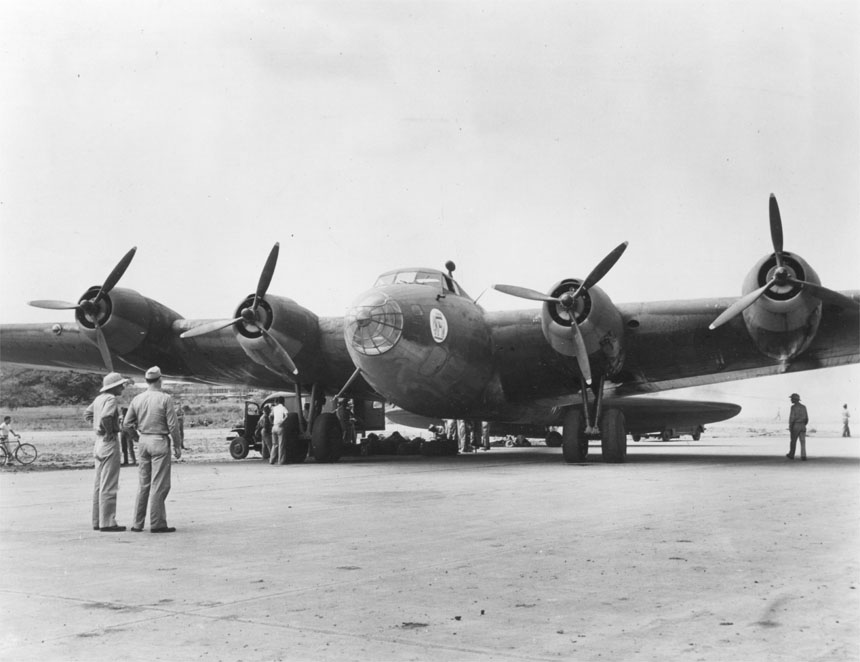
¹ FAI Record File Number 8739
² FAI Record File Number 8740
© 2018, Bryan R. Swopes
